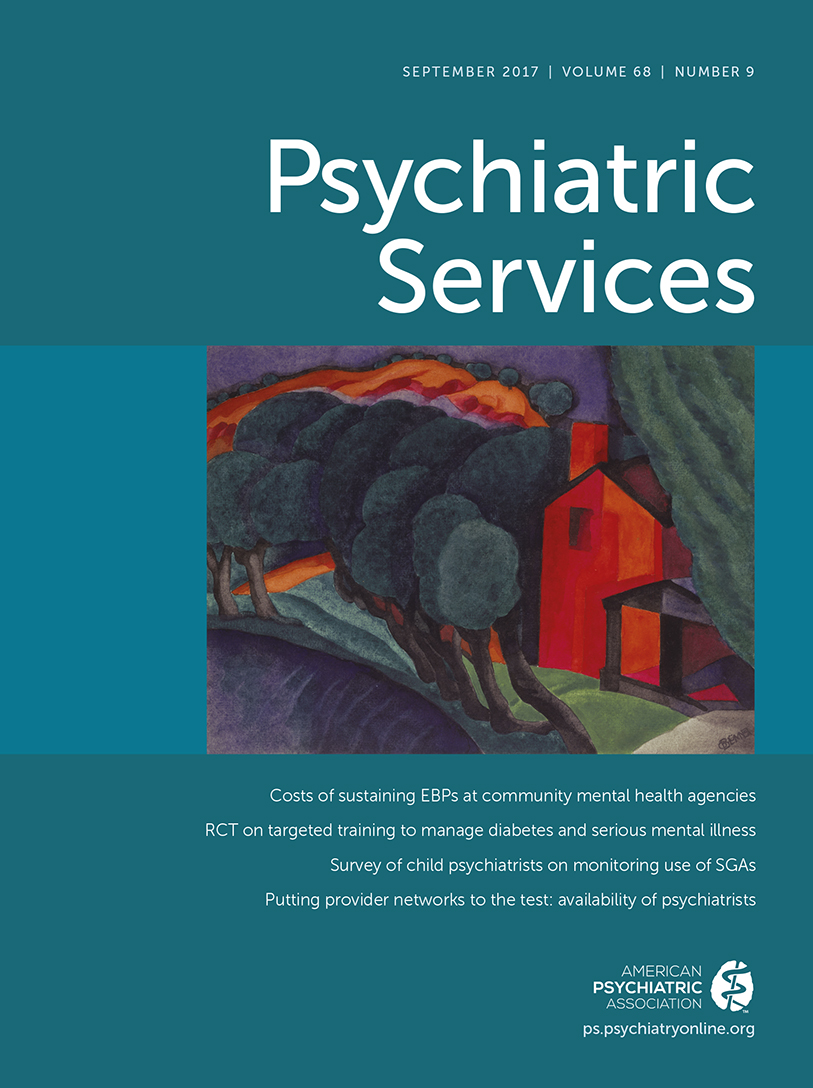A Feasible and Effective Model for Personal Electronic Usage in Inpatient Psychiatry
Personal mobile phones and other electronics are commonly withheld from patients until they are released from inpatient treatment. Patients’ complaints about this practice are numerous and varied: competition with other patients for limited phone time, inadequate privacy for calls, and difficulty maintaining telephone and e-mail contact with employers and social supports. Inpatient staff is left with the problem of defending an anachronistic practice, explaining misalignment with the recovery movement, and having to supervise access to limited inpatient electronic resources. Granting telephone and electronic access in inpatient settings is a problem in need of creative and effective solutions. For example, some units use a bank of hardwired phones in a common area or lend out hospital-owned mobile phones. These solutions have their own disadvantages, however.
Because a feasible and effective model for use of personal electronic equipment among inpatients has not been described in the literature, an interdisciplinary team at New York University Langone Medical Center developed and refined an approach beginning in 2013.
To begin, patient access to personal electronic equipment was formulated as a privilege rather than a right. A vetting process to assess readiness for the privilege was added to daily interdisciplinary rounds. This process incorporated feedback on patient engagement in the milieu, adequate behavioral control, a known history of using the phone or Internet to threaten the safety of others, and clinical gestalt about impulse control. If deemed eligible for access, a patient was asked to sign an agreement specifying terms of use. These terms outlined the patient’s responsibility for safekeeping of the device, not sharing it with other patients, protecting privacy, and refraining from using it during group activities.
A secure area for charging electronics was located within the nursing station. Items were charged in this secure area, and patients were asked to sign them in and out from the nursing station. To mitigate the risk of picture taking with a camera-enabled device, tamper-resistant stickers were placed over every embedded camera. These stickers, when lifted, changed color and signaled to staff that the camera had been accessed. This and other infractions of the agreement resulted in revocation of the electronic access privilege until the time of patient discharge.
The advantages of allowing inpatients access to their electronics were numerous. Because access was formulated as a privilege, behavioral control and meaningful engagement in the milieu were seen in increasing degrees. Patients expressed a sense of satisfaction due to connectedness with social supports and employers. Complaints during community meetings about limited electronics access decreased. From a clinical standpoint, staff could observe a patient’s real-time response to relational and vocational stressors and could gauge a patient’s distress tolerance and coping mechanisms. From a therapeutic standpoint, patients could be asked to maintain contact with their outpatient treatment team and participate in booking aftercare appointments and arrange family meetings. Patients and their treaters could evaluate the usefulness of mobile health technology apps on behavior therapy and reminders to take oral medications.
After implementation of our personal electronics policy, a college student was hospitalized for a recurrent major depressive episode. The student reported fear of falling behind in coursework and as such advocated for a premature discharge. Staff allowed this patient access to her electronics, and she was able to maintain a realistic appraisal of her inability to concentrate on the work at hand because of symptom burden and to keep in contact with her professor to make alternative arrangements for coursework. As her symptoms improved, the patient was able to gauge her recovery on the basis of her curricular requirements. Prior to discharge, the patient used her phone to schedule convenient appointments with her therapist and psychiatrist.
Disadvantages of this electronics-friendly approach must be acknowledged. Some patients reported anxiety on receipt of unwanted news from the community. Some data suggest that screen time can contribute to insomnia when patients use electronics prior to bedtime. The treatment teams found that several patients triangulated their concerns and distress through loved ones by placing telephone calls. Finally, staff spent time checking electronics in and out of the nursing station.
Using the model outlined above, we have been able to offer personal electronics to more than three-quarters of hospitalized patients during their inpatient stay. Of these patients, electronic privileges have been rescinded from only a handful, most often due to sharing electronics with a peer. No patient safety concerns have been identified. Overwhelmingly, patients and staff have reported on the positive impact of this electronics-friendly approach.



